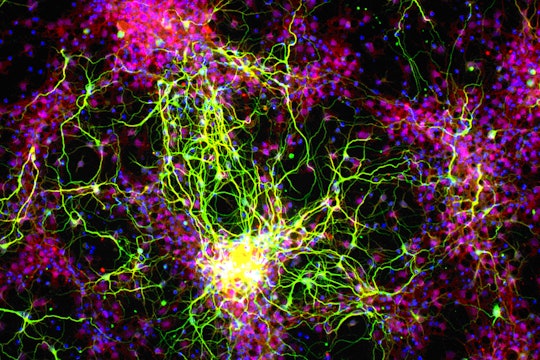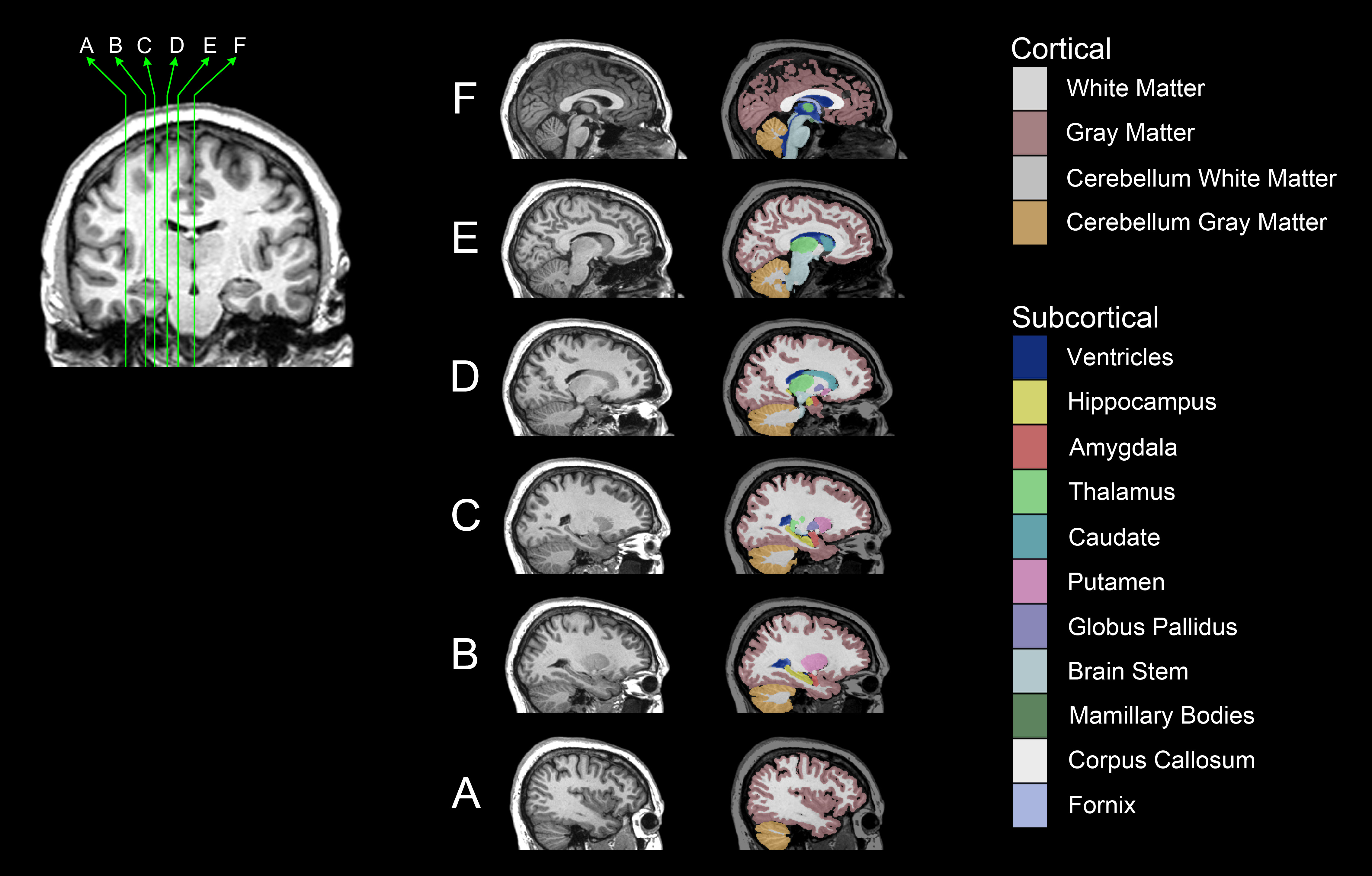
NIH Image Gallery / Flickr
Exploring how brains grow could help us understand autism
In new research, autistic children had larger-than-average amygdalae – and adults had smaller ones
Approximately 24.8 million people worldwide are diagnosed with some form of autism, according to a 2015 report, exhibiting social disconnection, communication issues, and repetitive behaviors due to brain connections going kaput sometime during the organ’s development. We began learning in the 1970s that differences in brain development and genetics were primarily responsible for autism, and since then researchers have been racing to better understand its the biological basis.
In this context, a small brain structure regulating our emotional responsiveness and social behavior called the amygdala has long been a subject of research. Recently, studies discovered a relationship between the amygdala’s size and autism.
In autistic children up to five years of age, the amygdalae were typically bigger than those in neurotypical children, and the size correlated with severity of their behavioral differences. However, in adolescents and adults, the amygdala size was similar (or even smaller) in autistic cases than it was in non-autistic individuals.
MRI scans revealed that amygdalae volume increased with age in neurotypical people. In contrast, the brain’s emotion regulator stopped growing beyond childhood in autistic subjects. Why is the amygdala growing under most conditions? Why is it big in autistic kids but then doesn't grow?
To understand this, a group of researchers from the University of California-Davis recently conducted an extensive study on the amygdalae of neurotypical and autistic individuals of different ages. They knew about the growth pattern of amygdalae in both populations. But this volume increase of an organ can happen for many reasons – for example, increase in size of individual cells, multiplication of the main or supporting cells etc.

Tracy Abildskov / Flickr
The UC Davis researchers hypothesized that, in this case, the growth probably had to do with the neurons – the brain’s smallest, excitable units transmitting and receiving nerve impulses. They found fewer neurons in autistic adults in a previous study. To verify this and look inside the amygdalae, they collected brains of deceased neurotypical and autistic donors aged two to 48 years from the National Institute of Health's NeuroBioBank, Autism BrainNet, and the Autism Celloidin Library. Then they sorted the brains they collected into three groups based on age: kids (ages 2 to 13), teenagers (14-20) and adults (over 21) and sliced them to reach the deeper regions where the amygdala resides.
Once exposed, the researchers dyed the amygdala regions and used two different labels to identify immature and fully developed neurons. There is a sub-region in the amygdala called the paralaminar nucleus that is known to be rich in immature neurons at birth. This means that in later stages of human development, if there is a need for new fully functional neurons, this region could serve as a source.
Upon labelling the immature neurons in all the available amygdalae, the researchers found that their numbers decrease with age irrespective of the presence of autism. The researchers then started looking for fully developed (i.e., mature) neurons. They found higher mature neuron numbers with increasing age in the neurotypical individuals group. In autistic cases, there were more mature neurons in kids, but the numbers dropped significantly with age.
Taken together, the results indicate that in non-autistic people, immature neurons decrease with age and that correlates with an increase in mature neurons in the amygdala. In the case of autism, there is age-related decline of immature as well as mature neurons, with the latter being abnormally high in children. This pattern suggests that neuron degradation over time may be a possible basis for the development and persistence of autism. The high mature neuron numbers in autistic children imply abnormal development of their amygdalae before and after birth as well as, most likely, hyperactive amygdalae. This could mean that neuron death is due to imbalanced excitation over time.
The new research shows for the first time a correlation between neuron numbers, amygdala size, and autism. But scientists still don’t know the exact cause. What are the processes that precisely drive the high neuron number in autistic infants and children? Are the immature neurons really serving as the pool for mature neurons? Is this pattern observed in other neuropsychiatric disorders involving the amygdala as well, like depression, bipolar disorder, or anxiety disorder?
Exploring the roots of this growth trajectory could not only explain the underlying basis for such related atypical brain conditions, but also throw light on specific points when the typical development phase changes that could be critical for designing treatments.
